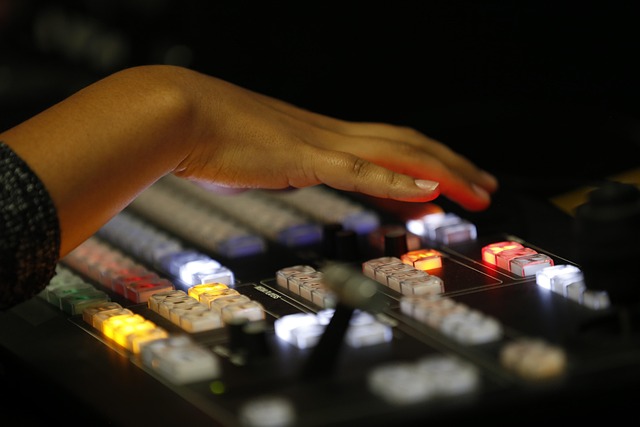In a world where visual storytelling reigns supreme, the role of a director transcends merely overseeing the cast and crew. It involves immersing oneself in the heart of technology that fuels the imagination. One of the most pivotal aspects of this craft is understanding the intricacies of display technology, specifically the monitors and TVs that bring a director’s vision to life. This deep dive into TV display technology will not only enlighten aspiring directors but also inspire seasoned professionals to enhance their storytelling with powerful visualization tools.
The journey begins with the essence of visualization. For directors, every frame is a canvas, and the technology they employ shapes the narrative’s emotional impact. From bold colors to intricate details, the evolution of display technology directly influences how stories are interpreted. With the rise of 4K and 8K resolutions, directors are afforded the luxury of unparalleled clarity, bringing out subtleties in performances that may have gone unnoticed on older models.
Understanding the different types of screens is essential. OLED, LED, and QLED each have unique strengths and weaknesses that can affect how a scene is perceived. OLED screens, for example, provide deeper blacks and a wider color gamut, allowing directors to craft mood through vibrant contrasts. Meanwhile, LED technology shines brightly in well-lit settings, making it a go-to choice for outdoor shooting and live events. As a director, harnessing these technologies ensures that every visual element aligns with the desired narrative tone.
Moreover, the role of monitors on set cannot be underestimated. They act as the director’s eyes, providing a real-time glimpse into how scenes will play out. Investing in high-quality monitors gives directors the confidence to make critical decisions in the heat of production. Color calibration, latency, and size all come into play when selecting monitors for specific projects, and understanding these factors allows directors to visualize their work more effectively.
As aspiring directors navigate their journey, an intimate knowledge of display technology can be a game changer. With rapid advancements in tech, staying informed is crucial. Whether it’s knowing the latest HDR formats or understanding how color grading translates between screens, a director’s technical insight directly impacts the audience’s experience. Engaging with technology isn’t just about knowledge; it’s about embracing the power of visualization to tell compelling stories.
In the end, mastering the art of directing involves harmonizing creativity with cutting-edge technology. By delving deep into the world of TV display technology, directors have the ability to transform how narratives are told, ensuring that every pixel communicates the intended emotion and story essence. So as you embark on your directing journey, remember that the screen is your stage, and understanding the tools at your disposal will elevate your craft to new heights.




